Protective devices
Protective devices
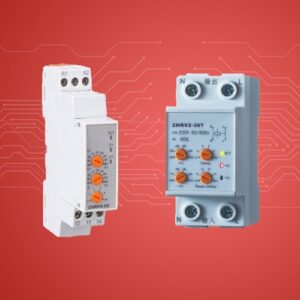
Circuit protection devices ensure that high current does not flow in the presence of a fault, protecting the installation and equipment, and preventing injury and damage to people handling or near the equipment. Over-current protection can be ensured by physically disconnecting the power supply in the circuit, eliminating the risk of fire and electrocution.
Protective devices may include :
- Fuses.
- Small circuit breakers (MCBs).
- Residual current devices (RCDs).
- Overcurrent residual current breakers (RCBOs).
All of the above devices protect users and equipment from electrical circuit faults by isolating the power supply. Fuses and small circuit breakers (MCBs) isolate the direct supply only; While residual current devices (RCDs) and residual current overcurrent breakers (RCBOs) isolate both the direct and neutral supply. It is essential to install appropriate circuit protection to ensure the safety of the electrical installation.
Fuses
A fuse is a very basic protective device used to protect a circuit from overcurrent. It consists of a metal strip that liquefies when the current flowing through it exceeds a predetermined limit. Fuses are basic electrical devices, and there are different types of fuses available based on the specific voltage and current ratings, application, response time, and disconnecting capacity.
Fuse characteristics such as time and current are selected to provide adequate protection without undue interruption.
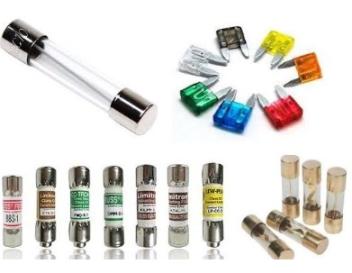
Micro circuit breaker (MCB)
A small circuit breaker ( MCB ) is a modern replacement for fuses, usually located in the middle of buildings – commonly called a ‘fuse box’ or ‘breaker box’ – or connected to specific equipment. Just like an electrical switch, it turns off when an overload is detected in the circuit. The primary function of a circuit breaker is to stop the flow of current once a fault occurs. The advantage of small circuit breakers ( MCBs ) over fuses is that if they trip, they can be reset without having to replace the entire MCB. Small circuit breakers ( MCBs ) can also be calibrated more precisely than fuses, to trip at certain loads. Circuit breakers are available in different sizes from small devices to large switchgear equipment that are used to protect low current circuits as well as high voltage circuits.
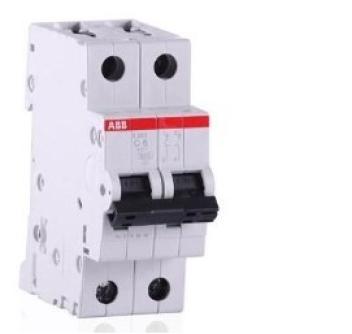
Residual current device (RCD)
Residual current devices (or RCDs) are designed to detect and disconnect the electrical supply if a slight current imbalance occurs between the live and neutral wires at a predetermined value – usually 30 mA. Residual current devices can detect when a live conductor comes into contact with a grounded equipment box, or when a live conductor is interrupted; This type of malfunction is potentially dangerous and may result in electric shocks and fires.
A residual current device (RCD) does not provide protection against a short circuit or overload in the circuit. It cannot detect, for example, someone accidentally touching both conductors at the same time. A residual current device cannot replace a working fuse.
Residual current devices can be wired to protect single or multiple circuits – the advantage of protecting single circuits is that if one circuit breaks, the entire building or distribution system is not shut down, just the protected circuit.
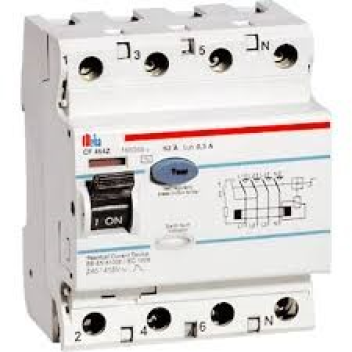
Overcurrent residual current breaker (RCBO)
A residual current breaker with overcurrent (RCBO) combines the functions of a small circuit breaker (MCB) and a residual current device (RCD) in one unit. An overcurrent residual circuit breaker is a safety device that detects a problem with the power supply and can shut down the operation within 10 to 15 milliseconds.
It is used to protect a specific circuit, rather than having one residual current device (RCD) for the entire building.
These devices are testable and resettable. The test button securely forms a small leak; Along with the reset button, which connects the connectors again after correcting the fault condition.
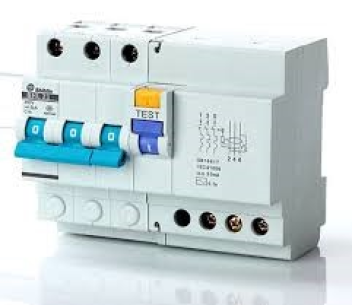
Grounding/connection to earth
Uncontrolled electricity can injure or even kill people or animals. One common and effective way to control electricity is through grounding. Grounding is a physical connection to the ground that safely draws electrical charge back to the ground, allowing plenty of room for electrons to scatter away from people or equipment. The grounding system gives excess positive charge in the electrical lines down to the negatively charged ground wires, reducing the risk of fire and electrocution.
Some devices may have this symbol indicating where the ground wire should be connected.
The term “grounding” refers to a conducting body, usually the ground. “Grounding” is an electrical device or system meant to intentionally create a low-resistance path to the ground surface. When done correctly, the current leaving the circuit follows this path to prevent voltage buildup that could result in electric shock, injury and even death. Grounding is used to dissipate the harmful effects of short circuits, but it is also used to prevent damage from lightning as well.
There are two ways to ground devices:
- System Ground or Service Ground: In this type of ground, a wire called the “neutral conductor” is grounded at the transformer, and again at the service entrance to the building. This is mainly designed to protect machinery, tools and provide an insulating layer against damage.
- Equipment Grounding: This is intended to provide enhanced protection for people. If a fault causes the metal frame of a tool to energize, grounding equipment provides another path for current to flow through the tool to ground.
One of the main aspects of the grounding system that you should be aware of is: A disconnection in the grounding system may occur without the user’s knowledge. Using a ground fault circuit interrupter (GFCI) is one way to overcome grounding deficiencies.
Besides a residual current device (RCD), grounding is necessary to interrupt the power supply if there is a fault in insulation — for example, if a live wire is loose and touches the metal surface outside a piece of equipment. The ground wire directs the fault current to ground, preventing injury to people. The ground connection picks up the fault currents, allowing residual current devices (RCDs) to measure and isolate them.
When grounding circuit components and devices, the cables must have an electrical resistance less than the maximum threshold of the main service breaker:
- 100 ohm residual current device for 500 mA current
- 167 ohm residual current device for 300 mA current
- 500 ohm residual current device for 100 mA current
The lower the resistance, the better the grounding system works.
Grounding system components
The connection between metal parts and ground is made using a third wire in the electrical circuit. Ground wires are usually yellow-green in color and should be of the same gauge as the largest wire used in an installation to provide protection.
To check whether a grounding connection has been installed, look for the following points:
- Plugs and sockets have a grounding pin.
- Sockets with a grounding pin are connected to a 3-wire network.
- The ground wires are tightly connected to each other on the distribution board, usually with a grounding pad or metal bus bar.
- The ground pad or bus bar is connected to the ground, and this connection should be made with a wire of high thickness (for example, 16 mm²).
- This wire is connected to ground.
A grounding system typically consists of a grounding conductor, a bonding conductor, its grounding electrode (usually a rod or grid system), and soil in contact with the electrode. The electrode can be thought of as being surrounded by concentric rings of earth or soil, all of the same thickness – each successive ring having a greater cross-sectional value and offering less and less resistance until a point is reached, at which a negligible resistance is added.
If you have any inquiry, please contact us freely and we will be happy to serve you.

Jezli website for purchasing electrical appliances
When we say Jeezly website, we are talking about one of the most famous Arab websites that was able, in a very short period of time, to achieve a very large demand for purchases from it by people from various parts and sectors of the Arab world.
On the Jeezly website, you will find a joint look and all the products that you may need in your home, starting with those for kitchens or bathrooms, but even those for gardens, you will find them on this wonderful site.
So, if you were lost before and did not know where to go to buy your products on the Internet, now you have the perfect solution, and all you have to do is go to the Jezli website and start choosing the products you want.
 What are the features of Jeezly ?
What are the features of Jeezly ?
Since we are talking about a site that is preferred by many people around the world, there is no doubt that it is a site full of various features and characteristics. Therefore, we have decided to devote our next paragraph to pointing out the most prominent features of the Jezli site.
One of the most prominent features of the site is the proportionality of prices. On the Jeezly website, you do not have to worry about the imaginary prices of the products, as is the case with most sites that display their products on the Internet.
The price of delivering products is very reasonable and not expensive, and the site accepts delivery to various countries, without forgetting that it accepts free shipping on some products.
One of the features of the site is also the high quality of its products, as it is impossible to find a poor quality product. Rather, the Jezli website deals with the major companies, Philips, for example, and other famous brands, so you must remove from your mind the idea of the poor quality of one of the products. Another advantage of the site is that it does not specialize in one type of product, but rather you will find various types of products on it, for example, electrical appliances, hand tools, mechanical devices, paints, packages for establishing apartments, and many other types.
Jeezly website also accepts what is known as the shopping cart, which makes it easy for you to filter the products you want to buy and put them in one package in order to be able to pay with the click of a single button.
Accepts multiple payment methods.
We are pleased that you visit our social media pages, where we publish exclusive offers on our website.
Our Facebook page is here .
Our Twitter account is here .



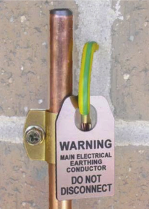
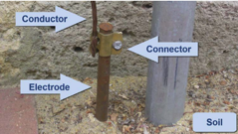

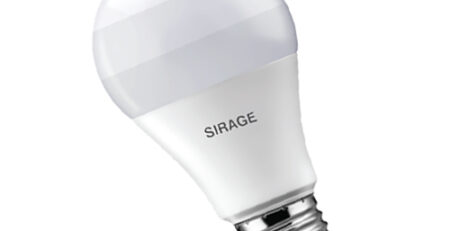

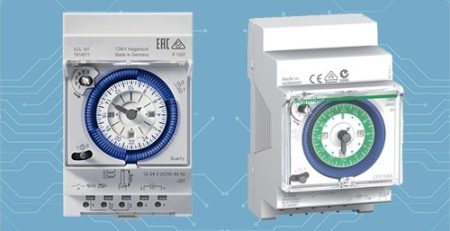
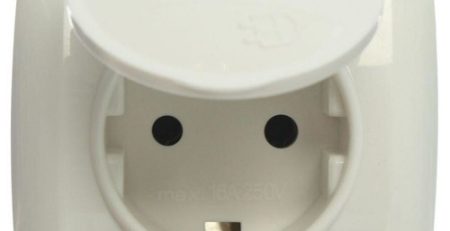
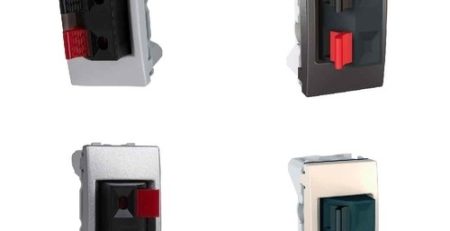
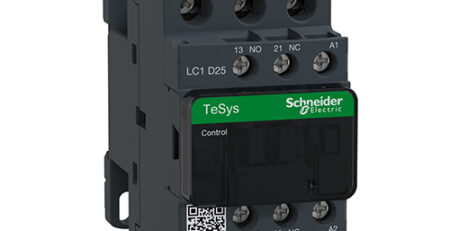

Leave a Reply
You must be logged in to post a comment.